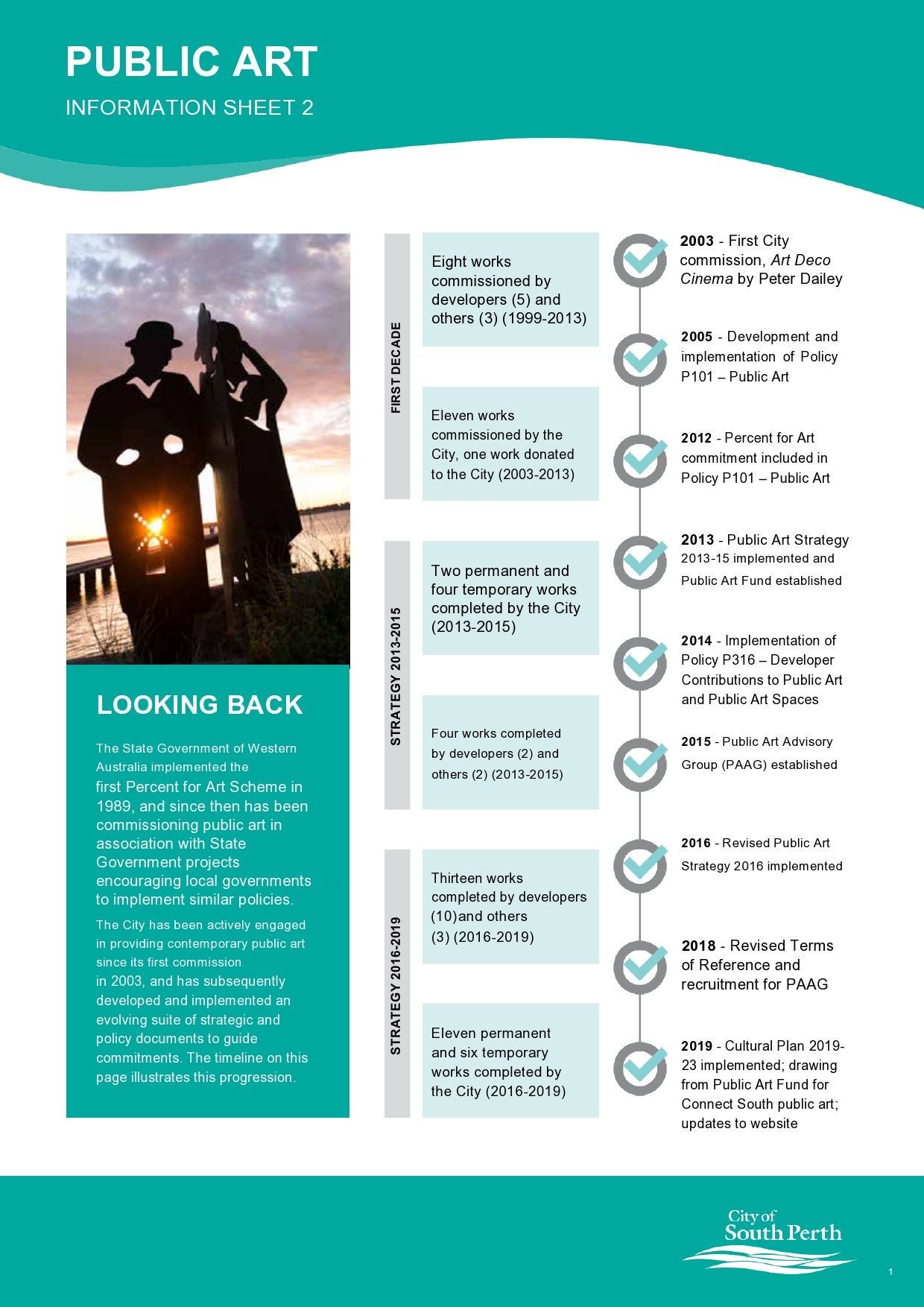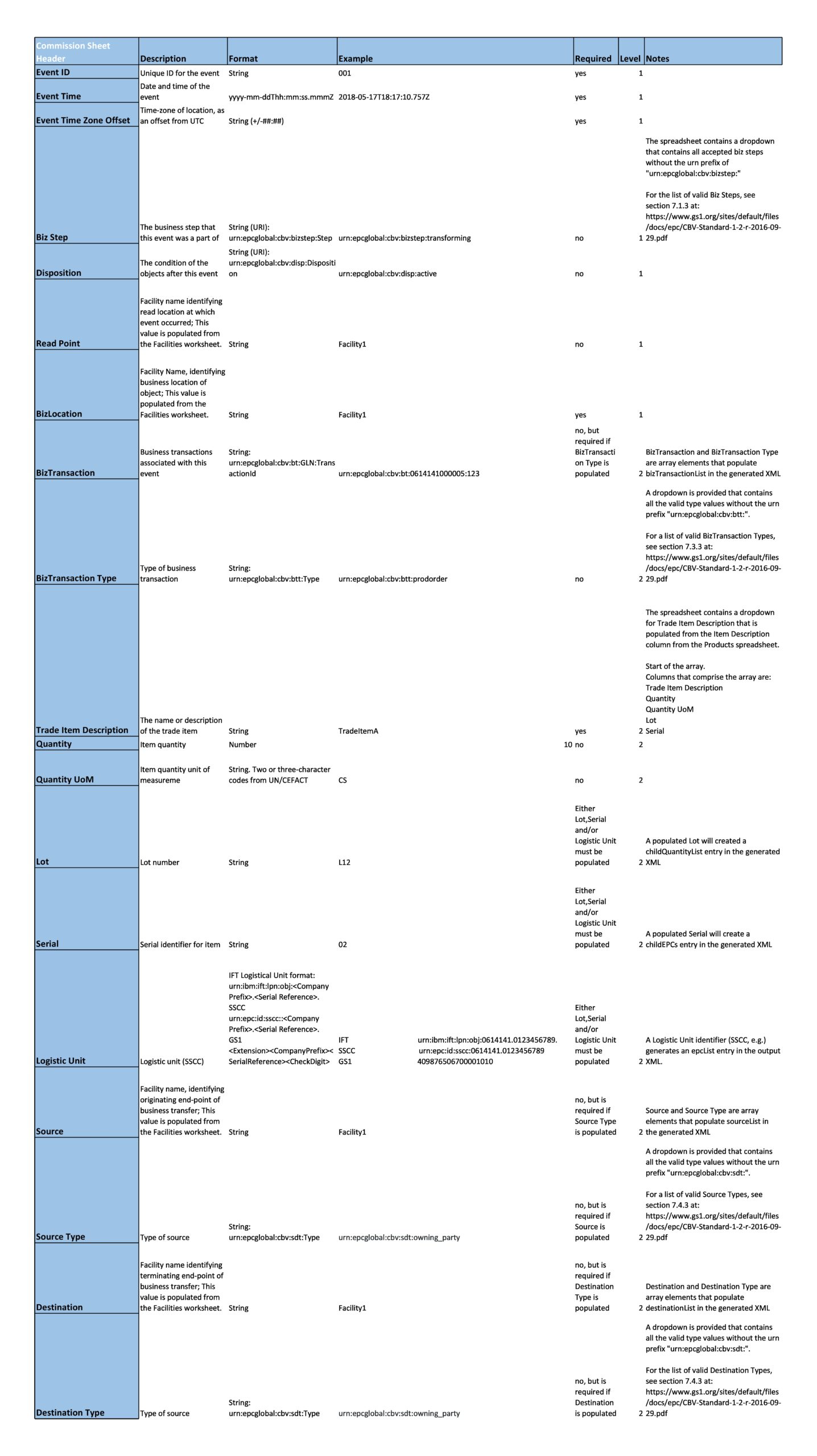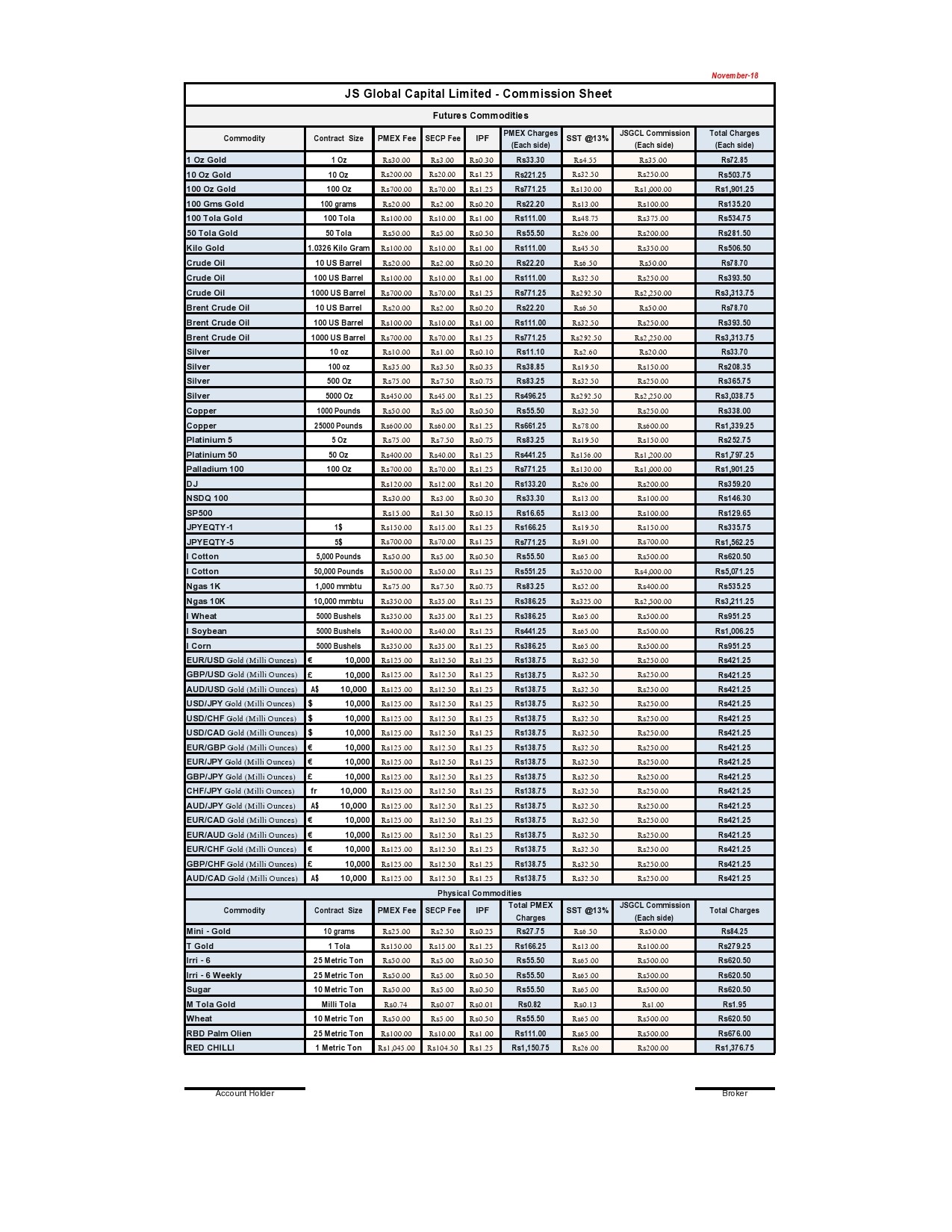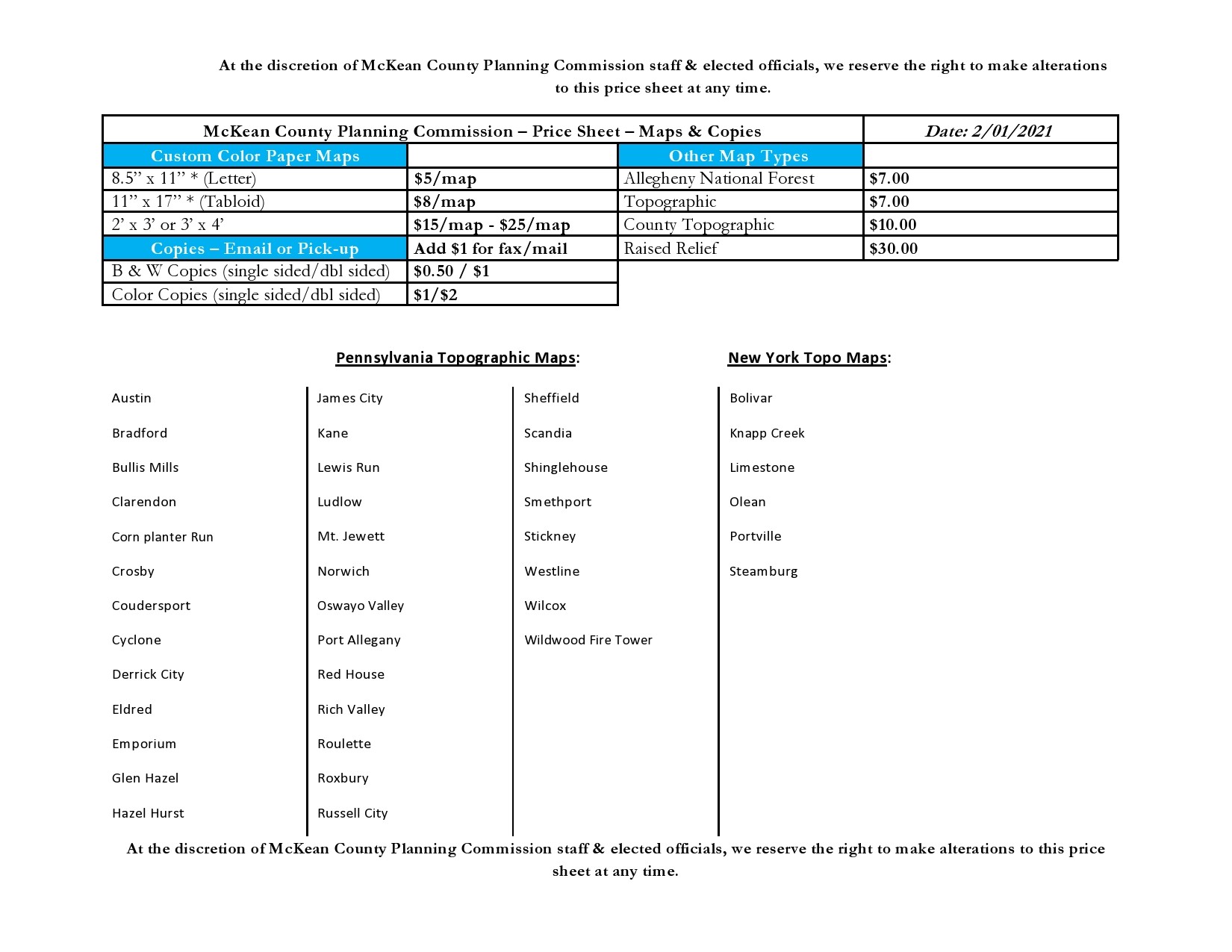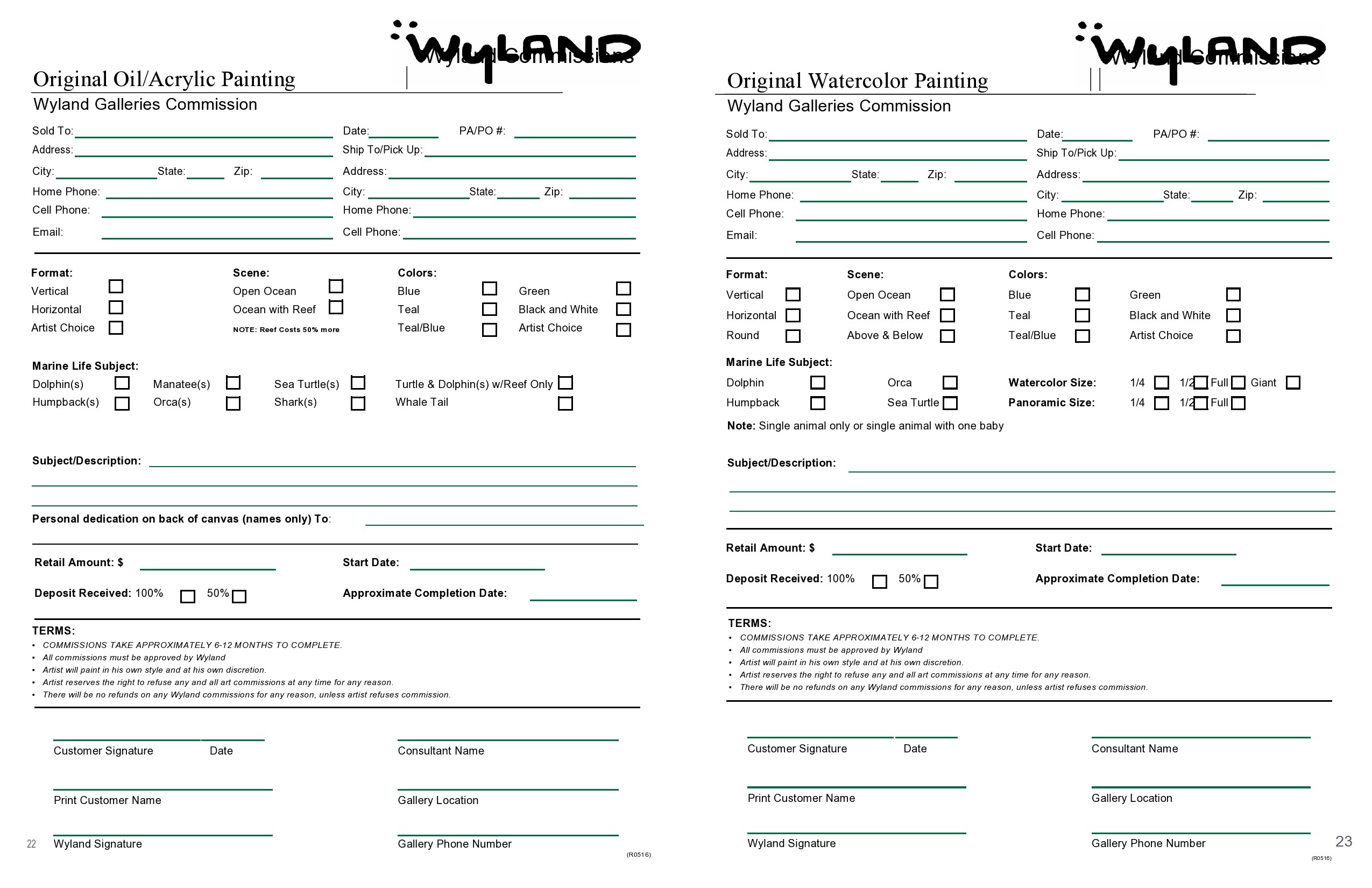Self-employed artists do not depend on a salary. They receive a commission whenever they offer their services to a customer. Some companies do not hire salaried salespeople. They pay them commissions depending on what they have sold. Artists provide their terms of service in the art commission sheet template.
Table of Contents
- 1 Commission Sheet Templates
- 2 What is an art commission sheet template?
- 3 When does a commission price sheet template become important?
- 4 Art Commission Sheet Templates
- 5 How do artists benefit from the commission info template?
- 6 What should a commission sheet include?
- 7 Commission Price Sheet Templates
- 8 How do you keep track of commissions?
- 9 Commission Sheet Examples
- 10 Commission sheet example
However, salespeople work under the terms provided by the business person. Before a client hires an artist, they should know the conditions demanded by the artist. Some artists create room for negotiation due to market competition.
Commission Sheet Templates
What is an art commission sheet template?
An art commission sheet template is an image-based document that shows the services offered by an artist, their service conditions, and prices. The sheet provides details such as:
- Project dates: The dates when the artist will be available to provide their services to the customer. It can be a few hours, one day, a week, or several weeks. Bigger projects require more details.
- Payment schedules: The dates by which payments must be made. Some artists require payment upfront. Others require installments, while some ask for payment after completing their work.
- Key project specifications: The specific or main requirements for the project. Other details can be minor, but the key details are important. They are the ones that make the project successful.
- Key project constraints: Some projects could be complex to perform. Some artists may decide not to take on such projects due to their constraints which could lead to losses.
- Check-in points: The project commissioner and the artist must have a way to consistently communicate to ensure the project goes on smoothly.
When does a commission price sheet template become important?
An artist will require a commission price sheet template under different circumstances.
- When a customer orders art
Anytime a customer orders a specific work, ensure you do not start working on the art without a commission price sheet template. Use it to define your terms and prices.
- When handling work on a larger scale
An individual or company might order your services on a larger scale. It can be long-term work of art that will take you several weeks to complete. You must make your terms clear from the start. The commission price sheet template will be useful when defining your terms.
- When creating a public art project
From time to time, an artist can be asked to create public artwork. Whether it is a government entity, a business, or another type of organization that asks you, a commission price sheet template will be necessary.
It is important to note that public projects mostly provide the artist with a commission contract where they are required to review the conditions and sign if they agree. This should be the first document you should request to be provided with. If you don’t agree with their conditions, you will be free to reject them.
- When creating a private art project
Private contracts mostly work under the conditions of the artist. In this case, the artist prepares the commission price sheet template, prints it, and gives it to the client to review. If they are okay with the conditions, they sign.
The artist must create a habit of using an art commission sheet template no matter how small a project might look. If they learn to use the template, they will not have any problems when they start to receive bigger projects.
Art Commission Sheet Templates
How do artists benefit from the commission info template?
The commission info template is a simple artwork sheet, but it provides a lot of benefits to the artist.
- The artist keeps their projects on track
When an artist is fresh in the market, they might not have a lot of projects to handle. They might be handling a single project in a week or even in a month. As they gain more clients, their list of ongoing projects at any given time keeps growing. A time comes when they can no longer keep track of their projects. They can easily begin to miss project start dates, deadlines, or even charges.
This is why the artist should always have with them a commission info template. It details each project they have, the customer, its timelines, and its price. They file their copies of the signed commission info template to help them keep track of each project.
- The artist provides better customer service
When an artist is working on projects without a commission info template, it is easy to become confused and give priority to projects that were not a priority. They can service a client who ordered artwork recently and fail to focus on the one who ordered several days ago. This issue will cause customer dissatisfaction. The artist will start to lose business.
- It shows professionalism
The commission info template may look to be a simple sheet but it adds a lot of weight. The customers will interpret it as a sign of professionalism. No matter the number of years of experience the artist might have, customers feel more comfortable working with an artist who displays a high level of professionalism.
- It protects the artist’s interests
It is risky for an artist to provide services without any documentation. If anything goes wrong, the artist will have nothing to protect their interests. The commission info template provides a clear definition of their terms of service. It provides information about what the artist can do and what they cannot. The same document provides details about prices.
- It is a legal document when it is signed
From the time the artist and the customer sign the commission info template, it becomes a legal document. If a disagreement arises later that cannot be arbitrated or resolved, the commission info template can be present before a court to prove there was an existing contract.
- The document helps solve disagreements
Sometimes disagreements cannot be prevented. If they happen, the sheet can be used for referring to the existing agreement. If the issue at hand is not contained in the agreement, both parties will be required to start afresh on negotiations and include it in the document.
- It is a reference document
New customers may request documents that prove they have engaged in art before. They may provide the new customer with photographs or videos of past work. They can also use the commission info template to show the clients they have served before.
- They guarantee payments
Once the commission info template is signed, it provides the artist with surety that they will be paid. Once they have started the work, they can start budgeting for the commission because they know it is money they will receive. The contract helps the artist calculate the cost of materials so that they calculate their margin well.
Sometimes the project may take more time than initially planned. If there is a genuine reason why the project was delayed, the information in the commission info template can help the artist get their commission for the extra days spent.
What should a commission sheet include?
A commission sheet includes the following:
Introduction: The introduction provides the project explanation details. It provides the artist and the commissioner details. The specific artwork details that the artist will provide are written under the introduction.
Payment terms: The terms of payment must be provided in the commission sheet. Mostly, artists receive 50% of the project value upfront. The balance can be paid immediately after project completion or in installments. It depends on what the two parties agree.
The agreement: The agreement means the scope of work the commissioner expects. It provides details of what the artist can provide and what they cannot. The work must be done within the terms of the agreement.
Rights: Artwork rights means the person who holds ownership rights. They may hold the rights 100% or in part. Sometimes right have a definite time after which they revert to the original owner. They can include things such as reproduction rights, publishing, monetization rights, exhibition rights, etc.
Proposal: The artist usually provides the client with an artwork proposal. They may provide a complete drawing of the proposed artwork. If the customer agrees, they replicate it on the surface or place the client wants it.
Project termination: The agreement details the terms of project termination. If there is any need to terminate the project before its term, it must be done as per the conditions in the agreement. Sometimes termination might mean concluding the complete project.
Commission Price Sheet Templates
How do you keep track of commissions?
The best way to keep track of your art commissions is to create a commission tracking sheet like excel or word. As the artist gets more business, their commission tracking becomes more complex. The motion sheet helps them to know who owns them, the amount owed, payment dates, etc. Follow these steps to keep track of your commissions.
Take photos: Take photos of the project that you worked on. Photos provide evidence of your work. They serve as a reminder of your projects. Whenever you view the photos, you can remember if you have been paid or not.
Number the photos according to the project: It is easy to forget which photo goes with which project as time goes by. If you number the photos according to the project, it serves as a reminder of what project it was. You should not just include random numbers.
Write the project details: After numbering the photos according to projects, including the details of each project. Let’s say, for example, that you numbered a certain project X112. You can add details like the name of the client, building, city, road, and price.
Track your photos: Keep track of your photos. There are different ways to keep track of your photos.
- Name them
- Create folders and subfolders
- Identify them by their attributes
- Create a central photo hub
- Tag your favorites etc.
Share your photos: Share your photos online through multiple channels. Let other people see your work. This is how most artists get more business. Once you share them, be ready to handle the business that will start flowing in.
Register your sales: The moment you start to make sales, keep a record of your sales. This is the best way to know if your photos are helping you succeed.
When you get a client, take the following important steps:
Provide information to the client about your processes: Most clients love your artwork, but they are not sure exactly what they want. You should provide them with ideas of what they want.
Prepare your contract: Once you understand what the client wants, prepare the contract. You need to use an art commission sheet template to capture all the details.
Ask for a down payment: Most artists ask for a 50% down payment.
Ensure the contract is signed: Wait until the contract is signed to start working on the project.
Commission Sheet Examples
Commission sheet example
Here is a Commission sheet example and how to design it.
The parties: The agreement is signed between an artist and a client. Include the names of both parties.
Scope of work: The Commission sheet example shows the scope of work. Include the sketches, colors, and the complete artwork
Dates: Include the date by which the project must start. Do not forget to include the date by which the work concludes. You may write specifically the dates or write the number of days within which the work shall be complete.
Rights: Mostly, all the rights to the art are transferred to the client from the minute the project completes.
Commissions: The artist will receive a certain percentage before the project commences. They may receive another amount when the project gets to 50% complete. The balance is paid upon completion.
Termination: The project can be canceled at different phases. There should be details as to how the cancellation should be made. There is a cancellation fee that must be paid.
Failure to pay penalties: If the client fails to pay, there are penalties they must incur.
Taking photos/videos: The client should provide the artist the right to take photos or videos as samples for their work.
Signatures: There are other items the artist may add as they find fitting. They may add a liability clause, warranty, severability, and indemnity clause. The most important thing is to ensure the contract is signed by the client.




